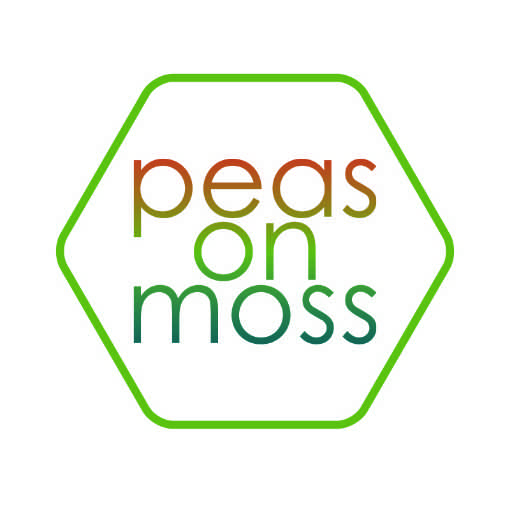Celiac disease affects about 1 in 133 people in the US (Gluten Intolerance Group, 2010, “Celiac Disease”), and SPINS, a natural products industry information company, reports that the gluten-free segment of the food industry is worth $921 million (2010, “Gluten-Free Sector Still Hot in Tough Times”). Celiac disease is still believed to be widely under-diagnosed, so it is still possible that diagnoses will increase as awareness continues (Gluten Intolerance Group of North America, 2010, “Celiac Disease”). For food service managers, product developers, and health professionals, this shows that the industry is set to grow even more. Registered Dietitians must be at the forefront of the increasing nutritional advice being published on blogs, health websites, and magazine websites in order to ensure that correct information and appropriate support for those following the gluten-free diet is provided.
At the 2010 Northwest Restaurant Association Convention in Seattle, WA, the phrase “gluten-free” was beginning to be murmured on the lips of some of the vendors. One of the guest presenters was the Gluten-Free Girl Shauna James Ahern, a nationally recognized blogger who writes from both the gluten-free consumer’s and the gluten-free chef’s perspective. Throughout her presentation, she repeated the theme that guests are seeking out gluten-free menu items, and the food service establishments that offer gluten-free items often see repeat customers and strong loyalty (James Ahern, 2010). With the food service industry beginning to recognize the importance of the gluten-free market, registered dietitians must become the experts in dealing with gluten-free health and safety information. It is essential that food service establishments provide properly prepared gluten-free items to keep their customers satisfied and safe.
Patients need to be properly educated, and the educators must know about what they teach. Gluten allergies are typically viewed as rare conditions, but statistics suggest otherwise. Additionally, rather than portraying a gluten intolerance as a difficult diet that burdens both the patient and provider, educators should emphasize the foods that can easily be included in the diet. Pam Cureton, RD, LDN (2007) examined the affordability of a gluten-free diet and concluded that while gluten-free substitutes of certain foods, such as pastas and breads can be costly, cost savings exist when foods and menus that are naturally gluten-free are emphasized. Nutrition educators should develop resources that can be provided to patients new to the gluten-free diet, and helpful information to provide a patient include menu suggestions, gluten-free food lists, and sample shopping lists. Menus from local restaurants that offer gluten-free items can also be encouraging and helpful (Cureton, 2007, 76-78).
Gluten free consumers are demanding gluten-free products, and they need to be informed correctly about the products they purchase. The University of Chicago’s Celiac Disease Center reports that gluten free sales increased by $77.8 million from 2004-2005 (“Celiac Disease,” 2010). The 2004 FDA Food Allergen Labeling and Consumer Protection Act mandates that food allergens be listed on ingredients lists, but products labeled before 2006 were not required to be labeled and may still be on grocery shelves. Dietitians in food service and in clinical care settings could increase awareness of gluten-free safe products by having information available to clients and by educating coworkers about gluten free products. The Gluten Intolerance Group (2010) provides resources for health care professionals with links to other organizations and brands that provide gluten-free safe foods. Triumph Dining (2010) provides printed resources on restaurants and products that are safe for celiac disease patients to eat.
Dietitians must be at the forefront of continued research and product development of the gluten free industry. There is increased need for expert information in this time of free blogging and in the rush to produce items to take advantage of this growing industry. It is essential for the safety of celiac and gluten-intolerance patients to recognize safe sources and appropriate information for following the gluten-free diet.
Sources:
Cureton, P. (2007). “The Gluten Free Diet: Can Your Patient Afford It?” (C. R. Parish, Ed.). Accessed 29 April 2010, from http://www.gluten.net/downloads/PracticalGastro/CuretonArticle07.pdf.
FDA website. (2004). “Food Allergen Labeling and Consumer Protection Act of 2004 (Public Law 108-282, Title II).” Accessed 29 April 2010, from http://www.fda.gov/food/labelingnutrition/FoodAllergensLabeling/GuidanceComplianceRegulatoryInformation/ucm106187.htm.
Gluten Intolerance Group Website. (2010). “Celiac Disease.” Accessed 29 April 2010, at http://www.gluten.net/celiac.php.
Gluten Intolerance Group Website. (2010). “Resources.” Accessed 29 April 2010, at http://www.gluten.net/resources.php.
James Ahern, S. (2010). “Gluten Free Can Have a Home on Your Menu.” Presented at Northwest Foodservice Show 2010, Seattle, WA.
James Ahern, S. (2007). Gluten Free Girl Website. “About.”Accessed 29 April 2010, from http://glutenfreegirlabout.blogspot.com/.
SPINS Website. (2009). “Gluten Free Sector Still Hot in Tough Times.” Retrieved 29 April 2010, at http://www.spins.com/news/03.31.09_Gluten_Free.php.
Triumph Dining Website. Accessed 29 April 2010, at http://www.triumphdining.com/.
University of Chicago Celiac Disease Center. (2005). “Celiac Disease Facts and Figures.” Accessed 29 April 2010, at http://www.uchospitals.edu/pdf/uch_007937.pdf.


Recent Comments